Name Piet Oudolf | ||
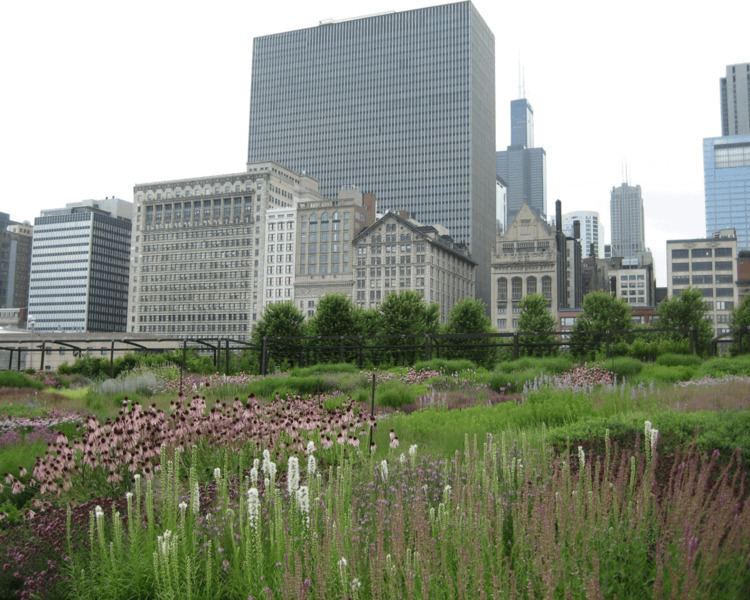 | ||
Noel kingsbury on piet oudolf at hauser wirth somerset
Piet Oudolf ( [ˌpit ˈʌu̯dɔlf]; born 27 October 1944) is an influential Dutch garden designer, nurseryman and author. He is a leading figure of the "New Perennial" movement, using bold drifts of herbaceous perennials and grasses which are chosen at least as much for their structure as for their flower colour.
Contents
- Noel kingsbury on piet oudolf at hauser wirth somerset
- Hauser wirth piet oudolf in conversation with tania compton
- Design philosophy
- Projects
- High Line 2006
- Books
- Awards
- References
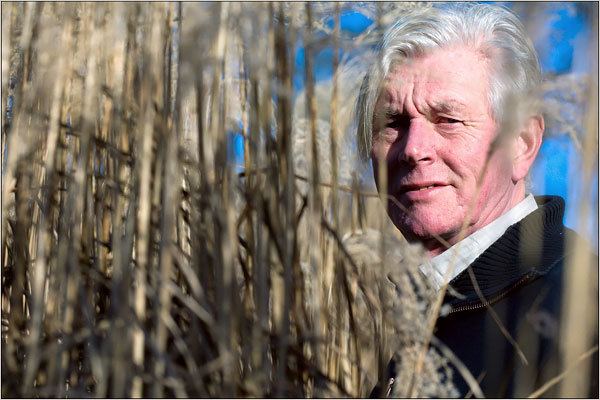
Hauser wirth piet oudolf in conversation with tania compton
Design philosophy
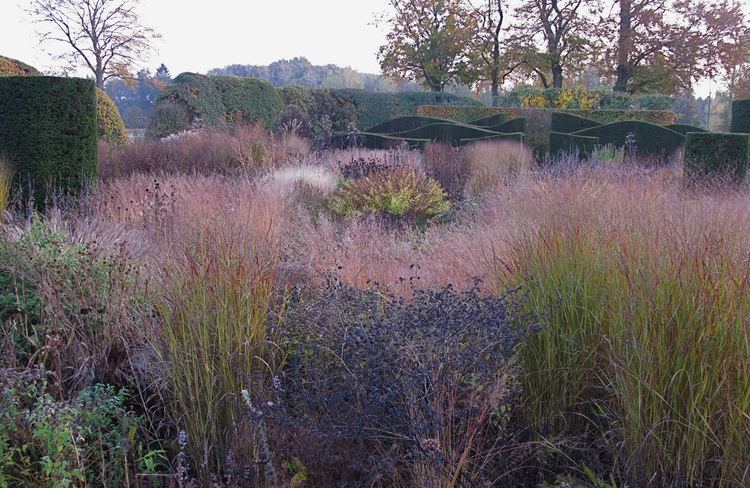
Working primarily with perennial plant varieties, Oudolf practices a naturalistic approach to gardening. Taking a cue from architectural design, Oudolf prioritizes the seasonal life cycle of a plant over decorative considerations like flower or colour. He focuses primarily on structural characteristics, such as leaf or seed pod shape, present before and after a plant has flowered. He explains: "A garden is exciting for me when it looks good through the year, not just at one particular time. I want to go outside and for it to be interesting in all weather, in early spring and late autumn."
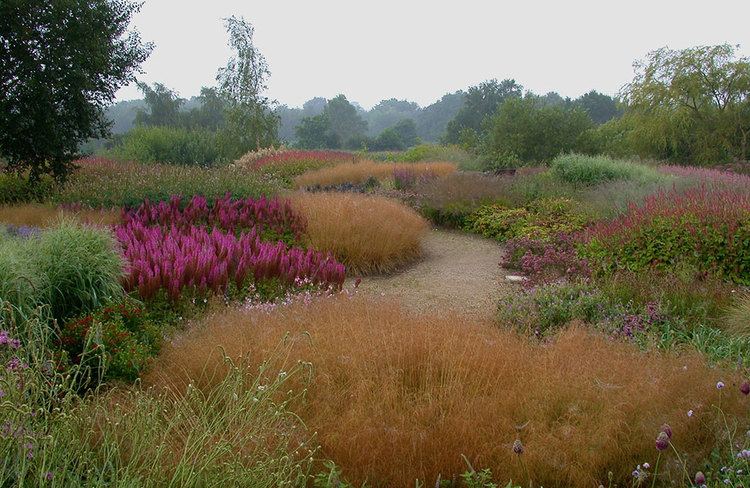
The stability of perennials after planting are key to Oudolf's designs, especially the use of long-lived clump-forming species. The result are gardens that persist in their planned state years after being planted with little deviation from Oudolf's hand drawn maps.
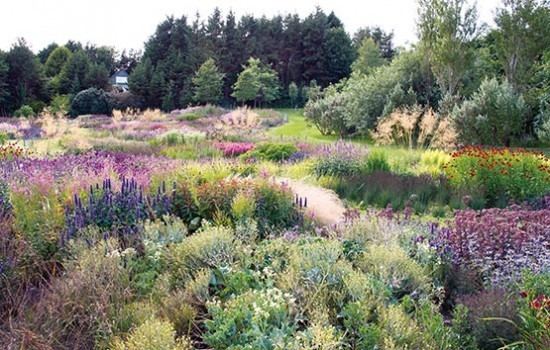
Oudolf's overall approach to planting has evolved since the 1980s when he and his wife Anja opened their nursery, at Hummelo, in Gelderland. His early work with perennials consisted of block-type groupings based on structure and texture. More recently Oudolf's gardens has experimented with a variety of approaches, which, broadly speaking, are more naturalistic, often using blends of species. The change in style has been described as a shift from a painter's perspective to one informed by ecology. It was first introduced into Oudolf's public work in 2004 as part of the Lurie Garden in Chicago. The approach can be seen in the New York High Line project.
Projects
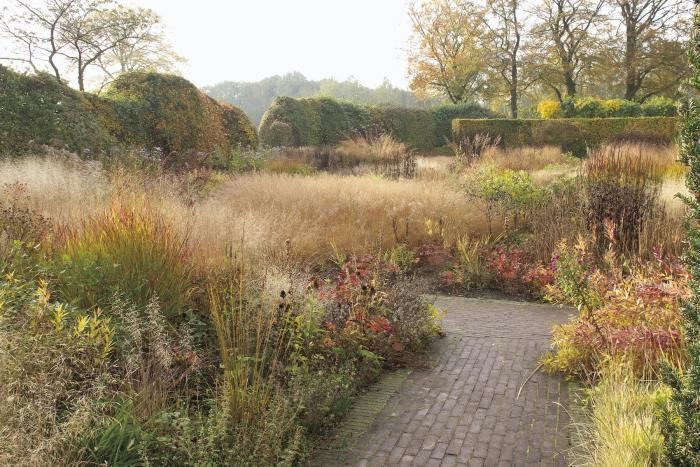
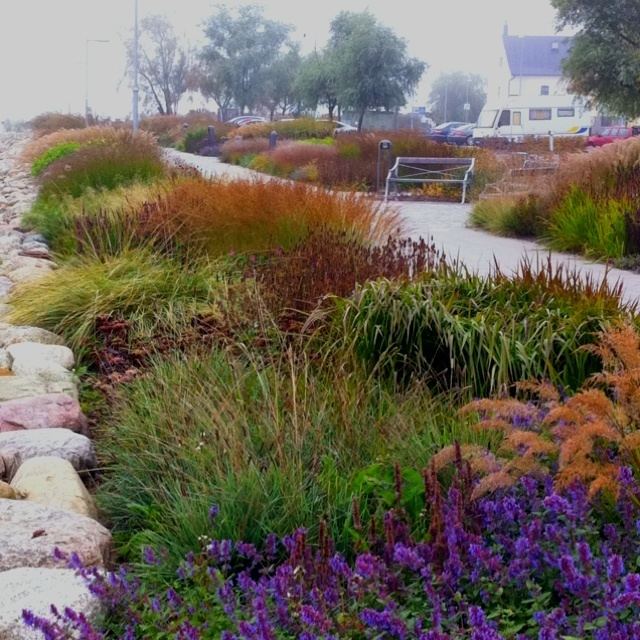
His own garden, at Hummelo, near Arnhem in the Netherlands was established in 1982. It has gone through many changes which reflect Oudolf's constantly developing planting design. Initially it was designed with a series of yew (Taxus baccata) hedges and blocks, reflecting Oudolf's architectural style which owed much to Mien Ruys, the designer who dominated Dutch garden design in the post-war period.
High Line (2006)
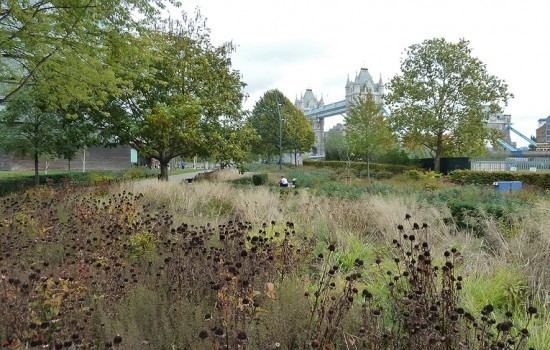
Oudolf's work on the High Line relied heavily on plants native to the region. A matrix of grasses with perennials grouped throughout was used to convey how the plants grow and intermingle in the wild.
Books
His books include:
